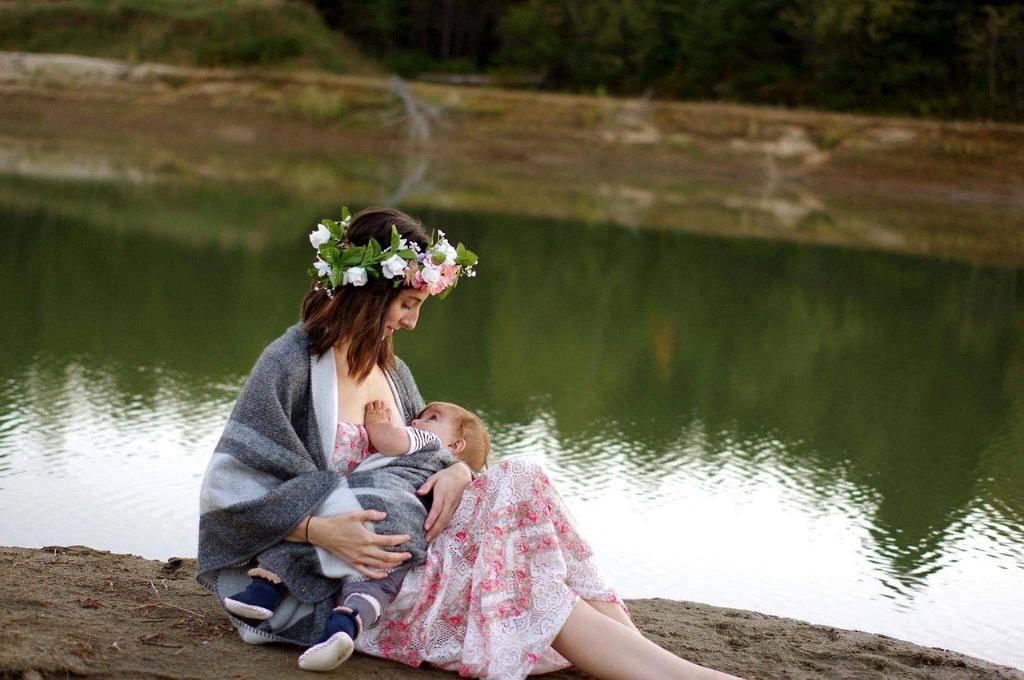One of the common concerns that many breastfeeding mothers have is regarding how their nipples should look while nursing. It’s essential to pay attention to the appearance of your nipples during breastfeeding as it can provide valuable insights into the effectiveness of the latch and the overall feeding experience for both you and your baby.
Round and Supple Nipples
Ideally, your nipples should appear rounded and supple when the baby is done feeding. This indicates that your baby has effectively emptied the breast and has achieved a good latch throughout the feeding session. A rounded nipple shape post-feeding is a positive sign that your baby is latching correctly and receiving an adequate amount of milk.
Signs of Incorrect Latch
If you notice that your nipples appear flattened, creased, or angled after nursing, it may indicate that your baby is not latching deeply enough. A shallow latch can lead to discomfort, nipple pain, and ineffective milk transfer, which can impact your breastfeeding journey. It’s crucial to address issues with latch as soon as possible to prevent complications.
Importance of Proper Latch
Ensuring a proper latch is crucial for successful breastfeeding. A deep latch not only facilitates better milk transfer but also helps prevent nipple soreness and damage. When starting a feeding session, it’s recommended to begin on the side that is least sore to allow for a more comfortable experience for both you and your baby.
Seeking Support
If you are experiencing persistent nipple pain, soreness, or concerns about your baby’s latch, don’t hesitate to reach out for support. Lactation consultants, breastfeeding counselors, and healthcare providers can offer guidance, assistance, and practical tips to improve latch and enhance your breastfeeding journey.
Common Challenges
It’s important to acknowledge that breastfeeding can come with its challenges, and issues with nipple appearance during feeding are not uncommon. Engorgement, cracked nipples, and mastitis can also impact how your nipples look while nursing. Addressing these challenges promptly is essential for maintaining your breastfeeding goals.
Monitoring Nipple Health
In addition to observing the appearance of your nipples during feeding, it’s essential to monitor their overall health and well-being. Keeping your nipples clean, dry, and well-hydrated can help prevent issues such as cracking and soreness. Practicing proper latch techniques and using breastfeeding-friendly products can also contribute to nipple health.
Self-Care Tips
Remember to prioritize self-care during your breastfeeding journey. Taking breaks, practicing relaxation techniques, and seeking support from loved ones can positively impact your overall well-being and breastfeeding experience. Nurturing yourself is essential for nurturing your baby.
Embracing the Journey
Every breastfeeding journey is unique, and it’s okay to seek help and guidance along the way. Embrace the challenges and victories that come with breastfeeding, and know that you are providing your baby with the best nourishment and care. Be patient with yourself and your baby as you navigate this special bonding experience.
Conclusion
In conclusion, paying attention to the appearance of your nipples while breastfeeding can offer valuable insights into the effectiveness of the latch and overall feeding experience. Aim for rounded and supple nipples post-feeding, as this indicates a good latch. Address any concerns or issues with latch promptly and seek support when needed. Remember to prioritize self-care and embrace the unique journey of breastfeeding with confidence and perseverance.

